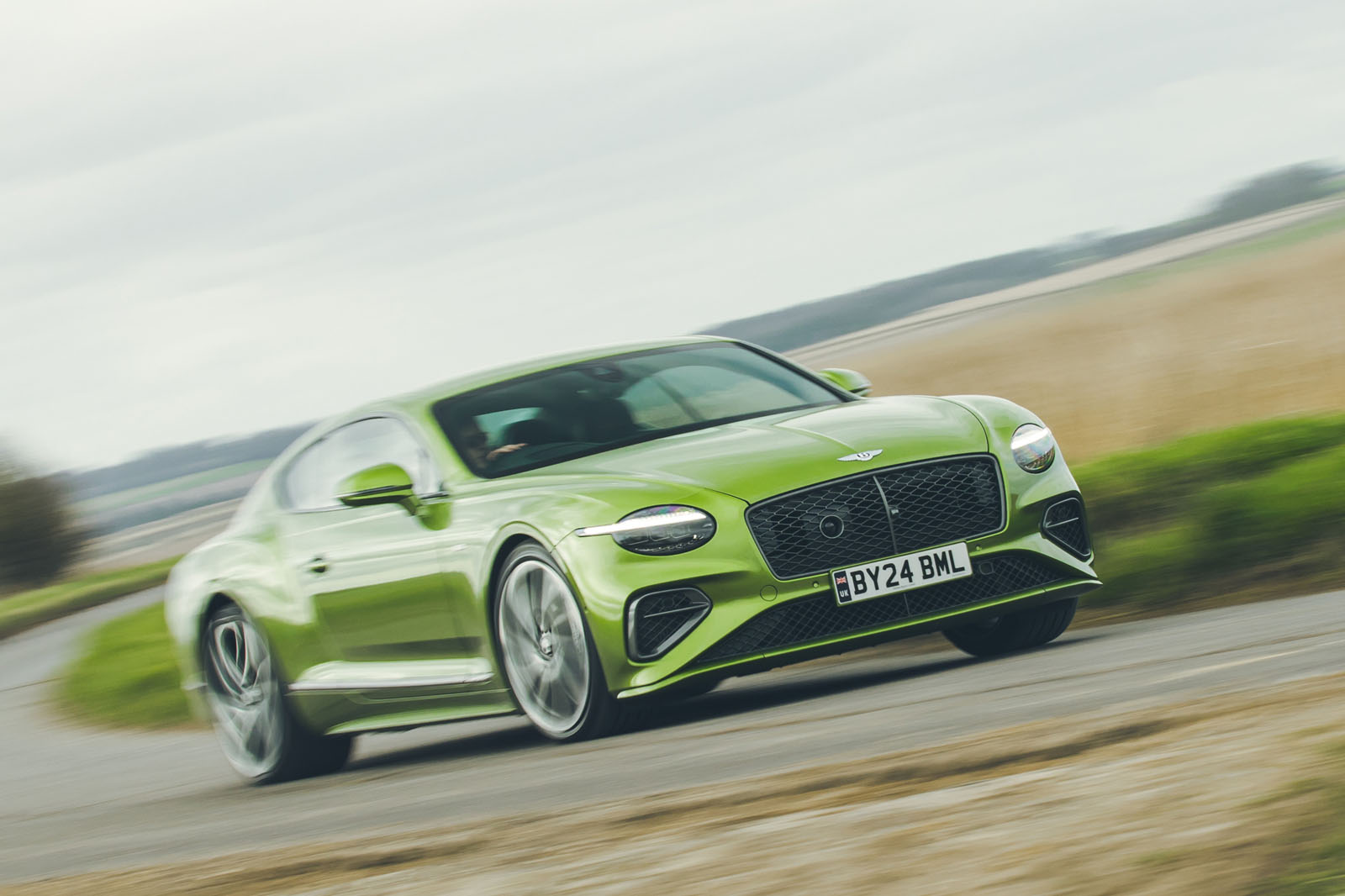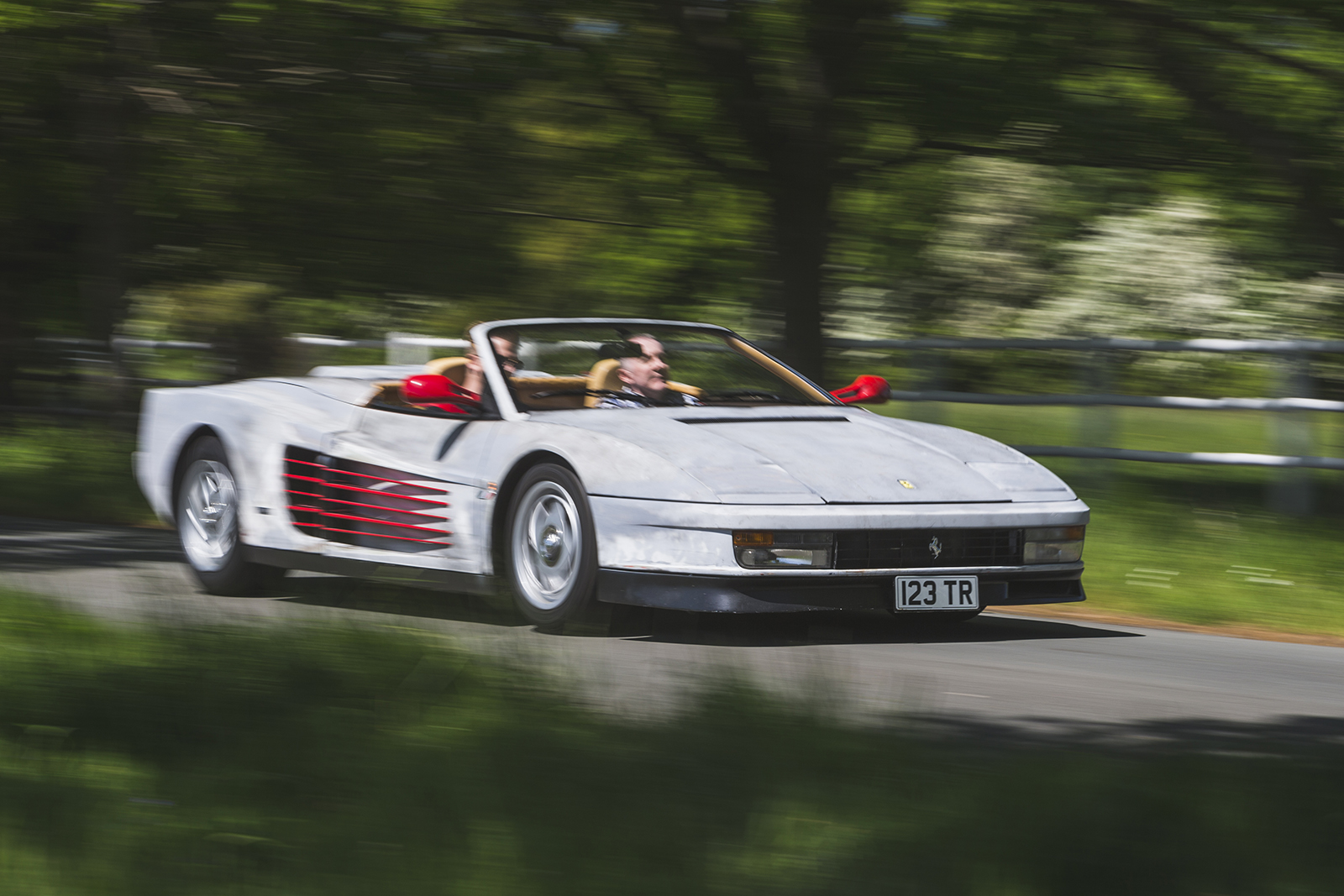Millennials Aren’t Killing the Wine Industry. They’re Changing It.
Younger wine drinkers want wines made with purpose—and they’ll spend more than any other generation to get them. [...] Read More... The post Millennials Aren’t Killing the Wine Industry. They’re Changing It. appeared first on Wine Enthusiast.
As the zeitgeist blames millennials for single-handedly tanking the $330 billion wine industry, a powerful cohort of young oenophiles are, arguably, saving it.
These big-spending, wine-loving millennials are not only buying more than previous generations, but they are reshaping the way wine is collected and valued.
In many ways, this trend tracks. The misunderstood generation, which includes anyone born between 1981 and 1996, have been overturning conventional wisdom and easy assumptions from the start.
They are also powerful. With 83 million millennials in the U.S., and annual retail expenditures of $1.9 trillion, when they speak with their wallets, the wine industry should listen.
Millennials Are Rethinking What ‘Collecting’ Means
For generations, collecting wine was pretty straightforward. Step one: Buy wines. Step two: Put them in a cool place until they are ready to drink. There have always been outlier collectors, who purchased blue-chip wines to drink, pass onto heirs or even sell at auction. But these days, more and more millennials are approaching wine collecting for pleasure and profit in equal measure.
“Millennials are increasingly interested in the alternative asset space,” says Brian Ward, the principal of wine and spirits investing at New York’s Artory/Winston. The company is the leading force behind Cask100, a closed-end fund that includes a portfolio of investment-grade wines and whiskies.
Ward says that roughly half of the investors in the Cask100 fund are millennials. “They love that we have a blockchain aspect for transparency, and from conversations I have had with several of the investors, they see investing in fine wine as part of their investment strategy,” he says. “But they’re also buying fine wines to drink—they’re overall drinking less wine, but better wine, than other generations.”

The data support Ward’s observations. Not only are millennials spending more per bottle (they represent 83% of wine purchases over $15, according to a recent study), but they’re interested in investing. A 2024 study found that 72% of high-net-worth people ages 21 to 43 are turning away from investing in stocks and bonds and investing in alternative assets like wine. Meanwhile, only 28% of investors age 44 and older are investing in alternatives.
David Parker, owner and CEO of Napa’s Benchmark Wine Group, says that millennials are taking an increasingly large share of his company’s big-ticket offerings.
“About 30% of the blue-chip collectible wine that we sell goes to millennials,” Parker says. “The average purchase they make is $700 to $800.”
Their acquisitions are often a departure from those of previous generations, too.
“Rather than following traditional classifications like ‘first growth’ and a handful of critics, the younger generations seem to rely on a broader range of critics, as well as influencers and peer reviews,” says Jennifer Saxby, Benchmark’s head of sales and marketing. “Purchasing is also somewhat based on aging potential, but also the potential for earlier consumption, as well as sustainability and transparency in production.”
Collecting Experiences, Not Just Bottles
Yes, millennials are purchasing an ever-increasing share of pricey wine, but they want more than just the bottle.
“They are looking for experiences and meaningful connections with other wine lovers or the producers themselves,” says Shannon Coursey, executive vice president of sales and marketing at luxury wine importer Wilson Daniels.
Millennials don’t just want to drink the wine someone made—they want to meet the person who made it.
“For millennials, we’ve found that wine is not just a product,” says Gérard Bertrand, a biodynamic wine grower with 16 wineries in Languedoc. “It’s part of a lifestyle and a cultural experience.”
At Château l’Hospitalet wine resort in Narbonne, Bertrand has developed “immersive oeno-touristic programs” that combine nature, wine, art, music and food. “Millennials are drawn to meaning. They want to know how the wine was made, by whom and for what reason.”
Younger wine lovers don’t want to visit estates that offer great wines and maybe a cheese plate. They want elevated culinary programs, cultural activities outside of wine and off-beat experiences with producers and winemakers.
At Donum Estate in Napa, CEO Angelica de Vere says they have managed to buck downward sales trends in wine by offering a range of immersive cultural experiences on the 200-acre estate, most of which aren’t exclusively wine-focused.
“We have one of the world’s largest private sculpture collections that is open to the public, and that attracts an entirely different demographic than wine,” says de Vere.
While there is overlap in interest between the luxury art and wine spaces, de Vere says that the collection of works from the likes of Keith Haring, Doug Aitken, Ai Weiwei and Tracey Emin draws people who might never find their way to Donum otherwise.

“I’m also finding that our commitment to regenerative organic farming really resonates with younger people who only want to support companies—especially luxury companies—with shared values,” she says. “To them, it’s not just about the prestige of a Napa wine.”
Millennials made up 34% of Donum’s visitors last year, outpacing Gen X and Baby Boomer visitors. They also increased their online purchases of wine by 3%, while other demographics bought less.
Sustainability in Every Way Possible, Please
Wine brands—even those that were previously allergic to marketing their eco-friendly or socially responsible values—are finding that sharing the ethos that guides their business decisions is increasingly essential.
“When Donald [Hess] was alive, we never discussed the work he did,” says Martin Coscia, Bodega Colomé’s export manager for the U.S. and Canada.
Hess, who died in 2023 at age 86, purchased Bodega Colomé in Argentina’s Calchaqui Valleys in 2001. He spent the first two years rebuilding the dilapidated homes of the 400 people who lived in the area, as well as the local church and school. He even installed a health center in the remote corner of northern Argentina.
“He didn’t even bother with the vineyards for the first two years, because he said that ‘people come before land,’” Coscia says. “Before he came, there was no electricity or running water there. There was no cell phone reception. He single-handedly changed all of that. But he also didn’t want us to tell the story of what he did because I think he thought it wasn’t relevant to what was in the bottle.”
In the two years since Hess’s death, the team at Bodega Colomé has started sharing more elements of his self-funded philanthropy. In the process, they have found an eager community of younger fans, who are also attracted to the winery’s remote location, heroic viticulture and the unusual experiences it offers, including a boutique hotel with horseback riding and hiking in the Andean foothills, a bocce court and, perhaps most notably, the only museum dedicated to the work of American conceptual artist James Turrell.
“Younger collectors are also interested in our most expensive line of Malbec, Pinot Noir and Sauvignon Blanc from Altura Maxima,” Coscia says. “I think they connect with it as a new icon wine, produced from one of the highest vineyards in the world at 10,206 feet.”
Clearly, millennials are collecting prestigious Napa Cabs and Bordeauxs. But when they find a premium wine with an interesting backstory and responsible practices, they’re equally invested.
“Millennials are paradoxically more rooted and more adventurous than past generations,” says Bertrand. “On the one hand, they appreciate bold, expressive wines, including those reminiscent of what their grandparents may have enjoyed.”
But on the other, they want to explore lesser-known varieties, indigenous grapes and alternative winemaking techniques.
“They are drawn to stories of place, of people, of purpose,” he says.
In many ways, selling the romance of wine, along with classic regions and new terroirs, has always been part of the wine business. For the first time, a generation is buying the entire package, and willing to pay quite a bit more than their predecessors for the pleasure inherent in this adventure.
More Wine Trends Coverage
- The astronomical rise of white wines isn’t just a fad. We explain why.
- Gen Z wine drinkers feel a bit misunderstood. Here’s what the new guard of drinkers are actually excited about.
- We tapped wine pros, somms and mixologists to predict the biggest drinks trends of 2025.
- From modernist lines to natural materials, these are the cellar wine trends to watch this year.
- ICYMI: Silicon Valley Bank’s 2025 report offered warnings and hope for the wine industry. Read the biggest takeaways.

In the Shop
Organize and Display Your Wine in Style
Put an exceptional wine selection on display with decorative wine racks of every style, size, and placement for your home.
The post Millennials Aren’t Killing the Wine Industry. They’re Changing It. appeared first on Wine Enthusiast.








































































































































































